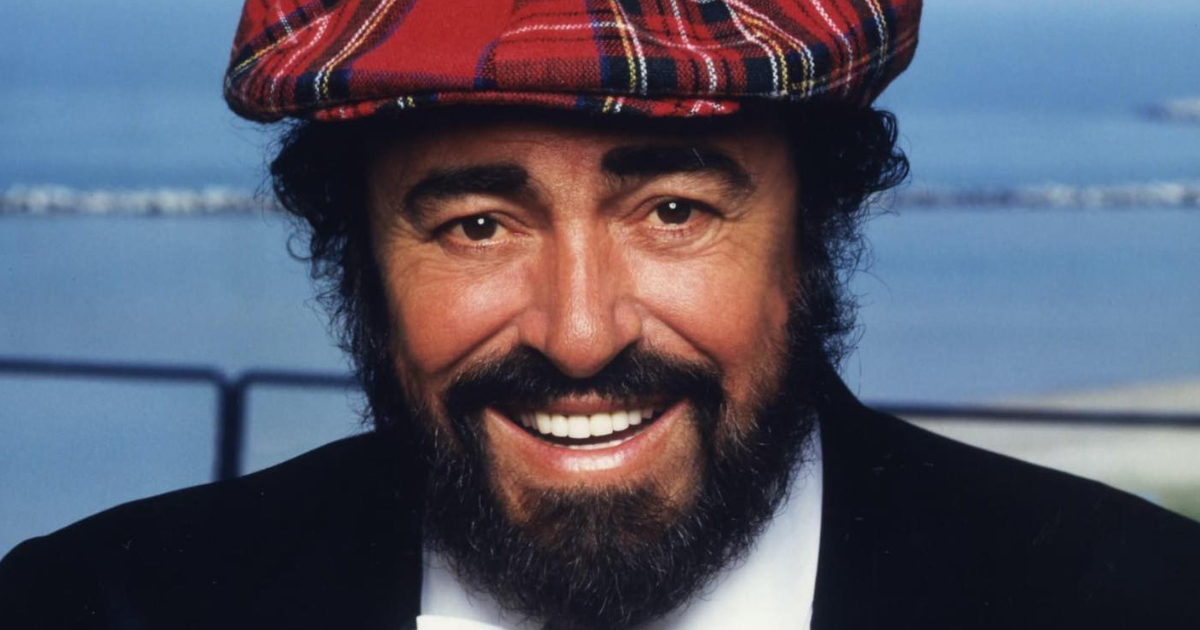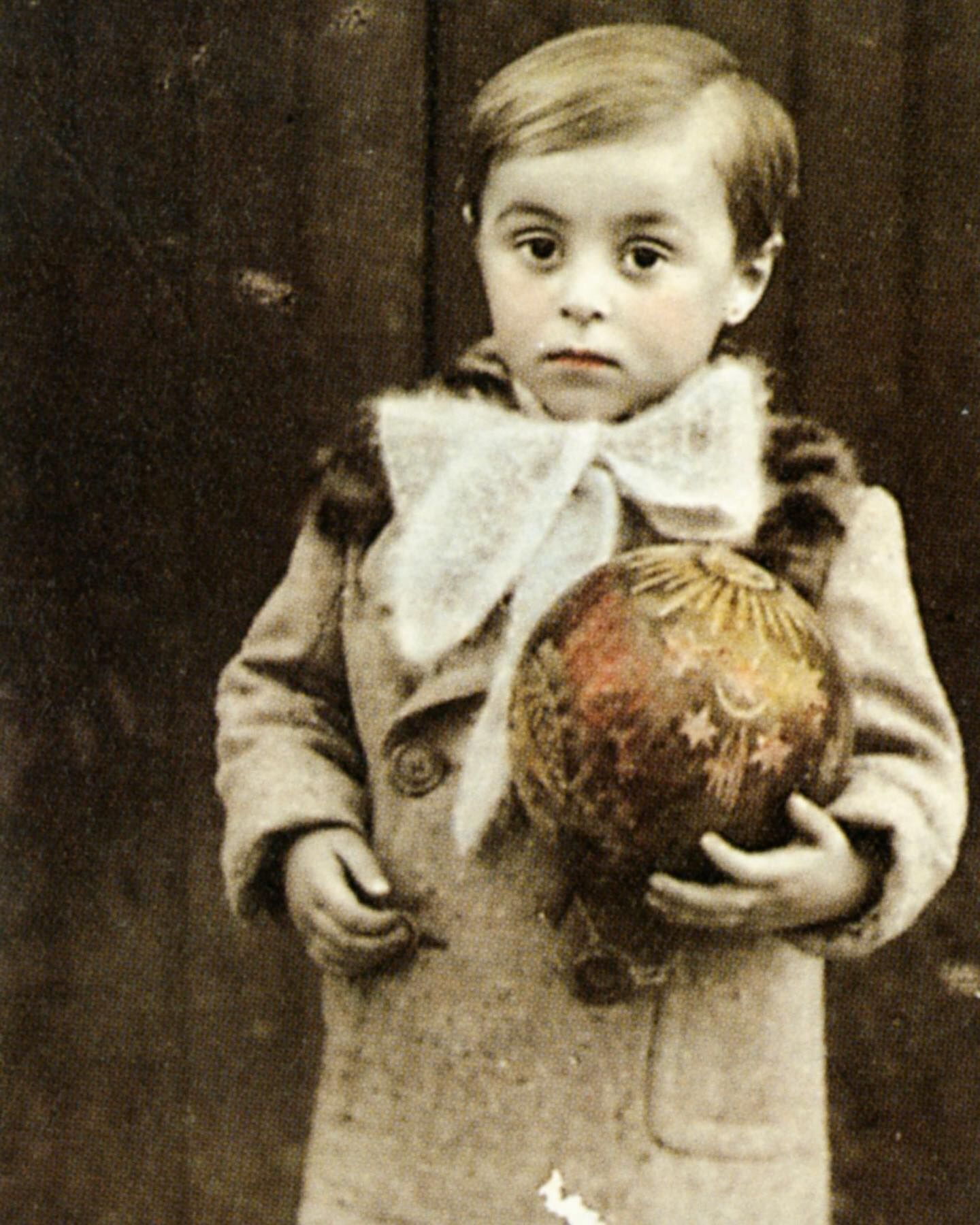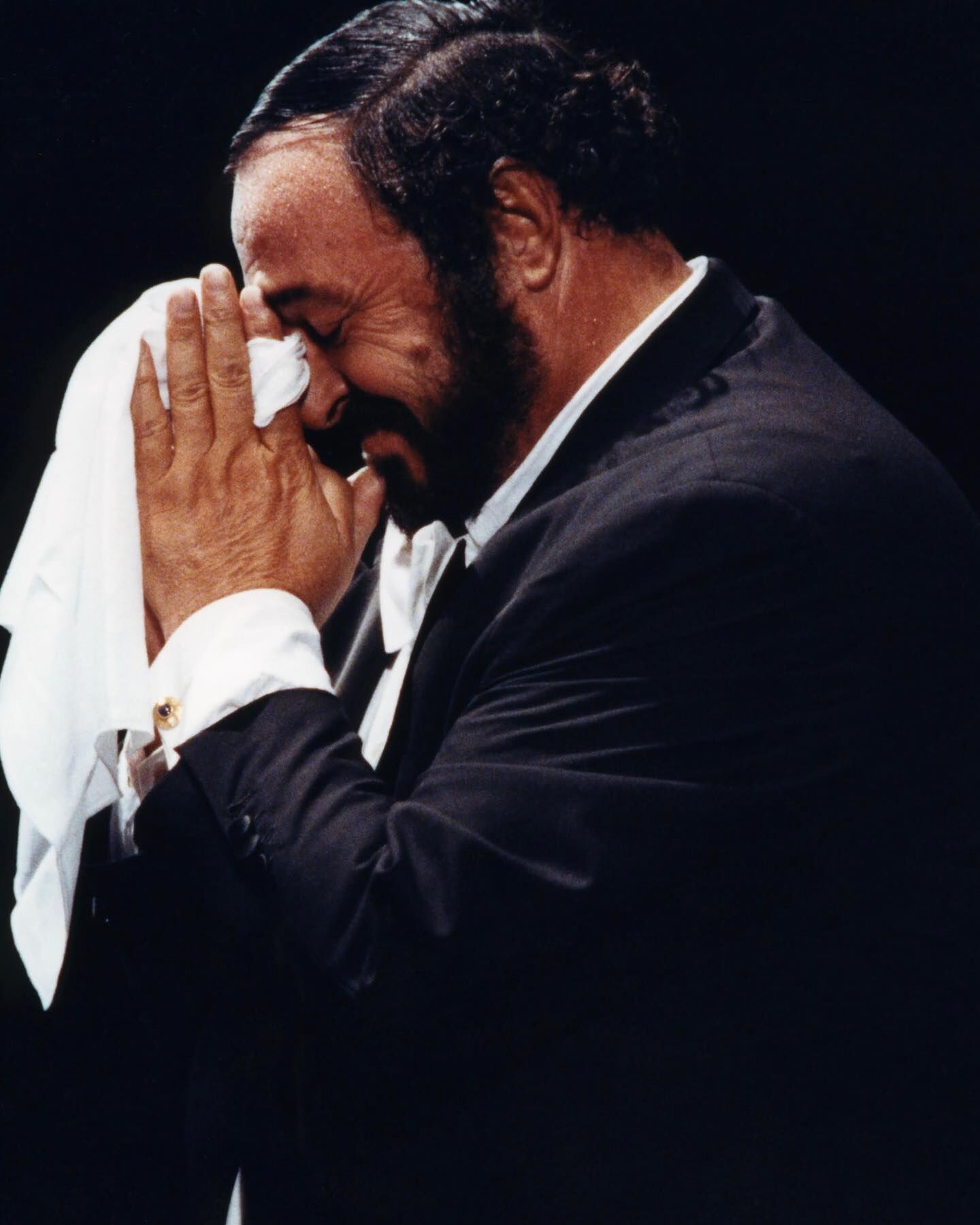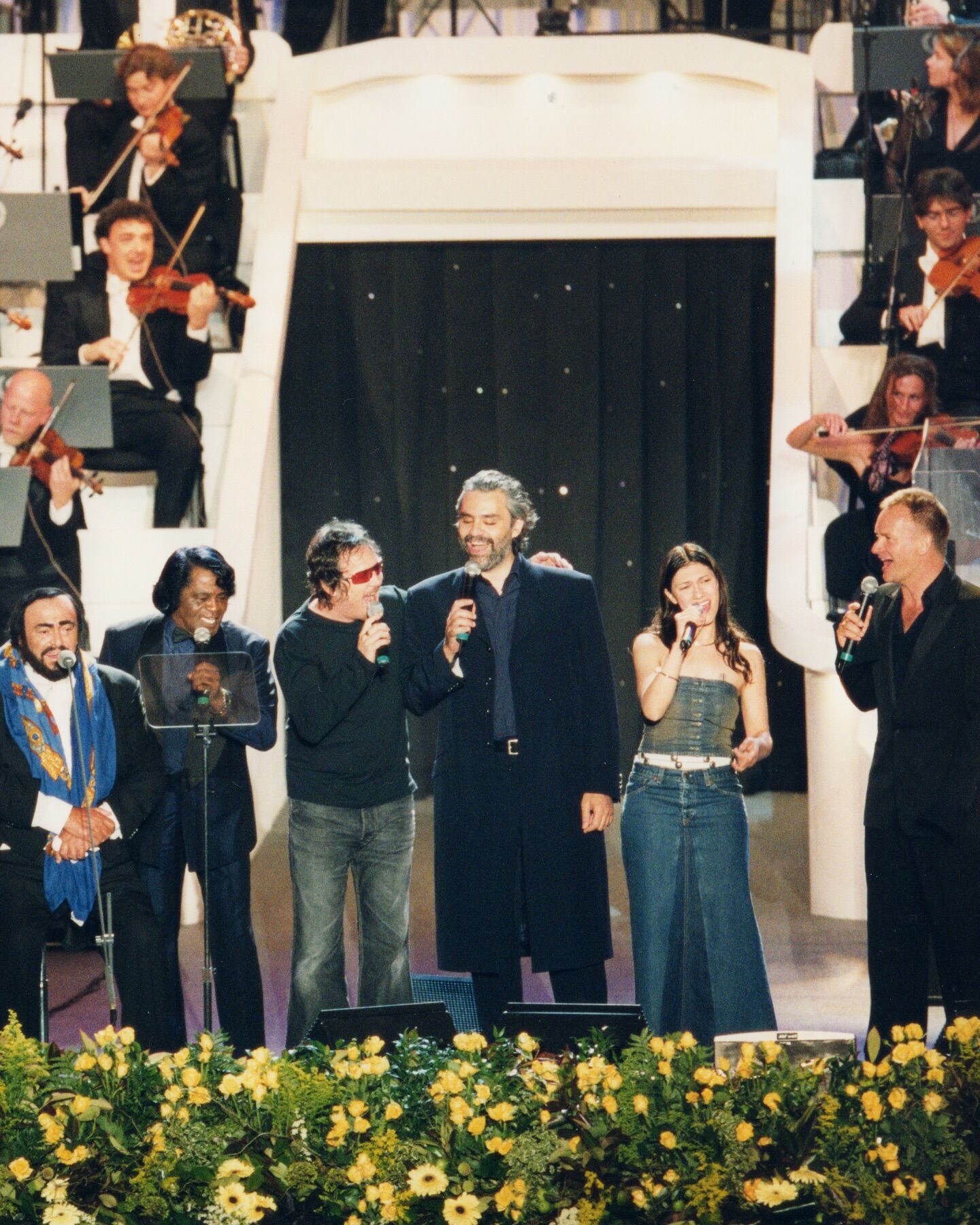Luciano Pavarotti – The Legend of Italian Opera
The artistic journey of the great tenor

Luciano Pavarotti was one of the most outstanding Italian tenors of the 20th century. He was born on October 12 into a poor family: his mother worked in a tobacco factory, and his father, a baker with a remarkable singing talent, instilled a love for music in young Luciano. Enrico Caruso, Beniamino Gigli, and Tito Schipa, masters of operatic music, were frequently heard in the Pavarotti house.

Photo: Instagram / lucianopavarottifoundation
In his youth, Luciano also had a passion for football and dreamed of becoming a goalkeeper. He was so passionate about the sport that he played as a goalkeeper for a team representing Modena. One day, while playing barefoot, he injured his leg on a nail. The resulting infection caused a severe illness, leaving the young boy in a coma for several days. Fortunately, he recovered, and in celebration of his recovery, his father took him to the Modena Opera, where Luciano heard the legendary tenor Beniamino Gigli perform for the first time. Gigli was considered the successor of the great Enrico Caruso.
Guided by his father, who was also a tenor but had never pursued a professional career, Luciano began his journey in a local church choir. In interviews, Pavarotti often mentioned that his father’s voice was even more beautiful than his own and that his father was his inspiration. "My father was a very beautiful tenor. He never sang professionally as a soloist but was part of the town's choir. Sitting next to him on stage gave me such confidence, and I thought to myself, 'Maybe one day, I will come here and sing as a tenor.'"
At a young age, Luciano caught the attention of many with his powerful voice and won first place in an international competition. Following this success, he received the prestigious "Concorso Internazionale" award, which is one of the highest honors in the opera world.
In 1961, Pavarotti began performing in operas such as La Bohème, La Fille du Régiment, Tosca, and L'elisir d'amore, which were staged in many world-renowned theaters. His career rapidly grew, and he soon became known as an operatic legend.
His role as Rodolfo in “La Bohème,” performed at the Teatro Reggio Emilia in northern Italy, marked his first leading role.
Pavarotti, who was invited to perform in many European cities, made his U.S. debut in 1965. He performed numerous works that quickly spread his fame across the globe, especially his iconic performances with the "Three Tenors" at the Metropolitan Opera in New York, which made history.
The Three Tenors concert, which he performed with José Carreras and Plácido Domingo in 1990, became a historic musical event of global importance. The concert aimed to raise $400,000 for a costly operation for his colleague and friend, José Carreras, who had been diagnosed with acute leukemia in 1987. The funds raised, after covering Carreras' treatment costs and the organizers' fees, were donated to a foundation fighting leukemia.
The recording of this performance became the best-selling classical music album, and Pavarotti became one of the best-selling artists not only in classical music but across the music industry.
Pavarotti had a knack for organizing concerts that attracted massive crowds. One of these concerts took place in London’s Hyde Park in 1992, where he performed for an audience of 150,000 people.
His concert in New York's Central Park in June 1993 set a new record, drawing 500,000 people. In September of that year, his concert at the Eiffel Tower in Paris was attended by 300,000 fans.
Fans of the maestro know that on stage, Luciano Pavarotti often held a white handkerchief in his left hand, which became an essential part of his image. The maestro claimed that squeezing the handkerchief during performances helped ease the tension that accumulated while singing. The story of Pavarotti's white handkerchief began during the height of his career when his manager advised him to take the handkerchief from his pocket to help calm his nerves.

Photo: Instagram / lucianopavarottifoundation
Pavarotti enjoyed experimenting and often tried to combine pop music with opera on the same stage. This approach was met with criticism from both the opera community and popular music circles. However, Pavarotti ignored the negative comments and continued his mission. Moreover, his charity concerts, "Pavarotti & Friends," became an annual tradition.

Photo: Instagram / lucianopavarottifoundation. Pavarotti, Sting, James Brown, Andrea Bocelli, and others.
Pavarotti was not only a creative figure but also a socially responsible individual. He organized concerts to raise funds for children around the world who were in difficult situations. Through the "Pavarotti & Friends" project, he performed with many artists and bands, including Céline Dion and U2.
This charitable work continues today through the La Fondazione Luciano Pavarotti.
In 2004, Luciano was diagnosed with pancreatic cancer. Despite the severity of the diagnosis, he showed courage and determination by embarking on a farewell tour across 40 cities worldwide and releasing a collection of his best works. On February 10, 2006, Luciano performed at the opening ceremony of the Turin Winter Olympics, marking his last public performance. He later underwent a complex surgery, which was successful, but he soon developed pneumonia. On September 6, 2007, Luciano Pavarotti passed away in his hometown. Thousands of people gathered to say farewell to the great artist, whose life had been devoted to art and a love for humanity.


